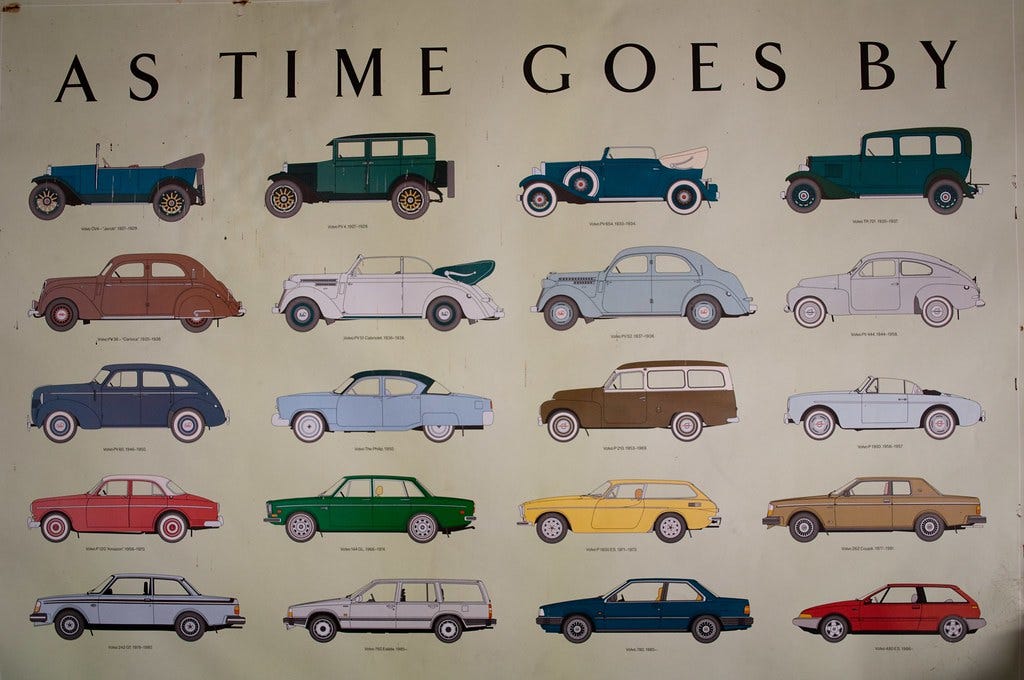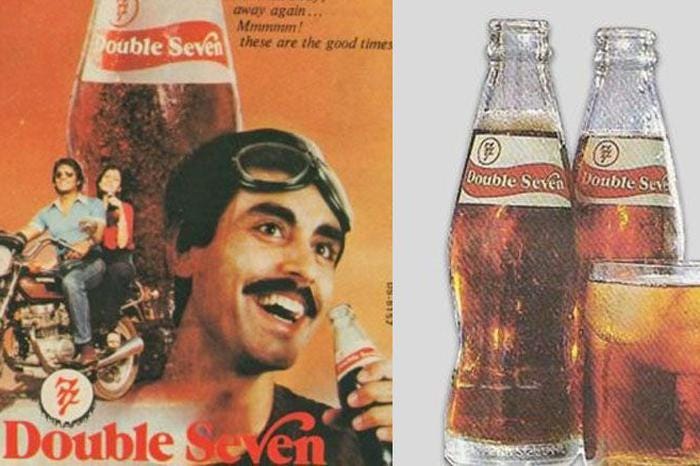BMW: The Dark Story of a German Dynasty
BMW is one of the largest automobile companies in Germany. For over a century, BMW has produced engines and cars that have excelled in their respective industries, but as with any German company that old, there is a particular segment of BMW’s history that isn’t very ethical. Today, however, we won’t be looking at the history of BMW itself. Instead, we will learn the much darker and lesser-known story of BMW’s largest shareholders, the Quandt family.
Who are the Quandts?
Although the Quandt family is the richest one in Germany today, even a century ago they were still among the most prominent industrialists. The source of their wealth dates back to World War I, and it’s thanks to one man; Günther Quandt.
He was born to a family of textile manufacturers in Brandenburg and had made a fortune selling uniforms to the German Empire during the First World War. After the war, he used his wealth to acquire many businesses that were struggling during the infamous hyperinflation. In the span of just 10 years, Günther expanded his textile company into a nationwide conglomerate. He branched out into numerous industries, electronics, crude oil, weapons, battery manufacturing.
In 1918 however, Günther’s wife died of the Spanish flu, leaving him with a single son, Herbert Quandt. Three years later, Günther would marry again, this time to a blonde 20 years younger than he was, Magda Ritschel. Unfortunately for Günther, Magda eventually got bored of him and asked for a divorce in 1929. Now, this is where things get interesting because you’d assume a divorce wouldn’t be the high point of someone’s life, but Günther found incredible opportunity in it.
Ties to the Nazis
You see, Magda left Günther to marry none other than Joseph Goebbels, the man who would later head the Ministry of Propaganda of Nazi Germany. Günther was surprisingly welcoming of his ex-wife’s new relationship, so much so that he offered up his own mansion for their wedding.
Magda and Joseph would marry on December 19, 1931, and the wedding’s best man was none other than Adolf Hitler. Günther saw great potential in these newfound connections of his, but he decided to play it safe. He wouldn’t publicly support the Nazi Party until after they had won the elections in March 1933, but now Hitler was in power, and remilitarization was at the top of his agenda.
Günther Quandt became one of his most important allies. His factories became a cornerstone of the Nazi war machine.
His greatest asset by far was his battery factory, AFA. The batteries produced in it would eventually power the submarines and tanks of Germany, as well as Hitler’s miracle weapon, the V-2 rocket.
In 1937, Hitler appointed Günther as the Wehrwirtschaftsführer, or leader of the war economy. In the wake of Hitler’s conquests, Günther was the first in line to appropriate the seized factories throughout Europe.
The brutality of Günther’s factories
Starting in 1941, forced laborers began to fill the ranks of Günther’s factories, as all the able-bodied Germans were dragged to the Eastern front. While forced labor became prevalent in many German businesses at the time, Günther’s factories became infamous among Jewish circles as being particularly harsh.
The working conditions in AFA’s battery plants were exceptionally brutal. Workers were offered no protection, and the vast majority would die of lead poisoning in less than six months. Overseeing personnel at AFA was Günther’s son, Herbert Quandt.
He had been involved in his father’s businesses from a young age, and like him, was a member of the Nazi Party. In 1943, Herbert would collaborate with the SS in the construction of a concentration camp directly alongside their battery factory in Hanover. Similar arrangements would later be made for AFA factories in Berlin and Vienna. Of course, eventually the German war machine would crumble, and along with it, the vast business empire of the Quandts would come under threat by the occupying allies.
The aftermath of WW2
Now, you would imagine the fall of Nazi Germany would be the end for Günther, but despite being one of the leading industrialists of the time, he was never indicted. When the Americans got hold Günther, they interned him in Camp Moosburg.
This was formerly Nazi Germany’s largest prisoner of war camp, but the Americans had turned it around and were now using it to hold all of the Germans suspected of collaborating with the Nazi regime. However, after a year and a half in that camp, Günther was released and walked away scot-free.
According to documents at the time, there was insufficient evidence linking Günther with the Nazis. Now, unlike his father, Herbert ended up in the British occupation zone when the Nazis surrendered. Because he carried relatively little political baggage, as the British called it, Herbert was granted an operating permit in just a few weeks.
In the eyes of the British, Germany’s biggest priority was to rebuild its economy, and people like Herbert and Günther were seen as necessary to that end.
Herbert taking charge of the family money
Just in case you’re thinking that it’s just the Quandts who made it out intact, even the industrialists who were indicted at the Nuremberg trials would eventually be set free under the same pretext. Now, Günther died in 1954, leaving Herbert in charge of the family’s wealth. Much like his father, Herbert found it incredibly lucrative to buy up struggling companies, and that’s exactly what he did with BMW.
Unlike the Quandt family’s business empire, BMW wasn’t having a good time after World War II. Their factories had been heavily bombed, and those in Eastern Germany were even seized by the Soviet government.
In fact, BMW wasn’t allowed to produce cars until 1952, and to make ends meet before that, they resorted to manufacturing kitchen equipment from salvaged material. Suffice to say, BMW’s postwar reboot wasn’t doing well. By 1959, the company was on the verge of bankruptcy and looking desperately for anyone willing to buy them out. Herbert did exactly that, and it was thanks to his capital injection that BMW was able to produce their saving grace, the BMW 1500.
The small but feisty sedan would become the basis for the modern BMW. It was the first of BMW’s new class designs, which would reestablish the BMW brand and would push the company to record profitability, but the fact remains that the money used to rebuild BMW came from blatant war profiteering.
What’s more concerning is the fact that the Quandts evaded owning up to their history until very recently. Other big German companies came forward with apologies and donations in the late 1990s, but the Quandts remained silent until October 2007 when a very explicit documentary shared this story with the general public. Since then, the Quandts have issued public apologies and all that, but regardless of that, they still remain the richest Germans by a wide margin.
Herbert’s daughter, Susanne Klatten, is the wealthiest woman in Germany, while his son, Stefan, is the single largest shareholder of BMW, controlling just over 25% of the company.
Today, the Quandts are a dynasty to be reckoned with. For example, they are one of the largest political donors to the Christian Democrats, Germany’s largest political party. Sure, while the grandchildren of Günther can hardly be held responsible for his crimes, it’s still pretty interesting to see the direct link between Nazi Germany’s war machine and the German elite of today.
If you enjoyed reading this dark (but revealing) article, please, click that clap button for us 👏👏👏 And don’t forget to visit our YouTube channel for more cool videos and content!









